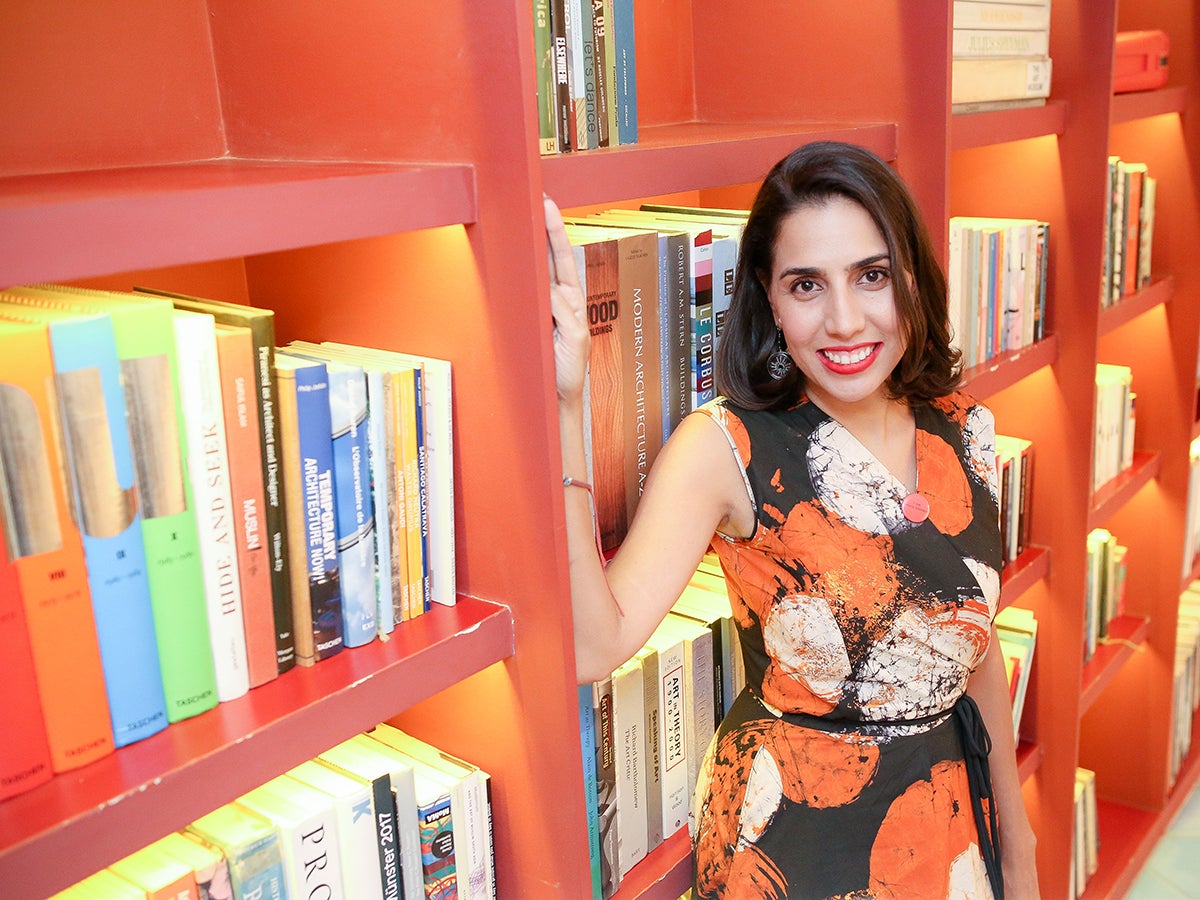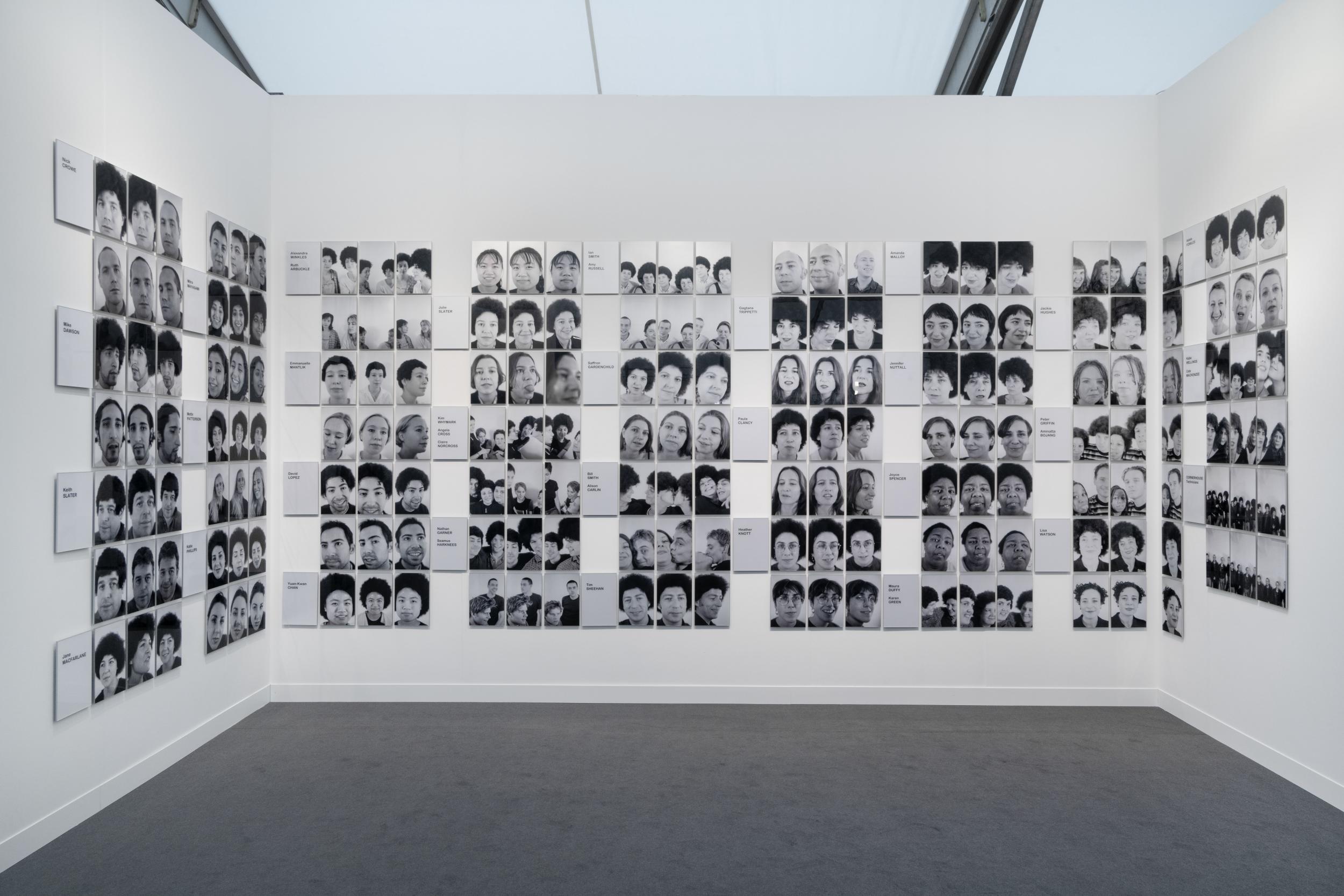Frieze 2018: Where women have parity in the art world
Women have most of the leadership positions at Frieze London and Frieze Masters, the sibling art fairs taking place from Thursday to Sunday in Regent’s Park, says Ted Loos

Your support helps us to tell the story
From reproductive rights to climate change to Big Tech, The Independent is on the ground when the story is developing. Whether it's investigating the financials of Elon Musk's pro-Trump PAC or producing our latest documentary, 'The A Word', which shines a light on the American women fighting for reproductive rights, we know how important it is to parse out the facts from the messaging.
At such a critical moment in US history, we need reporters on the ground. Your donation allows us to keep sending journalists to speak to both sides of the story.
The Independent is trusted by Americans across the entire political spectrum. And unlike many other quality news outlets, we choose not to lock Americans out of our reporting and analysis with paywalls. We believe quality journalism should be available to everyone, paid for by those who can afford it.
Your support makes all the difference.By almost any measure, women still don’t have parity in the art world, whether it is the number of solo museum shows, institutional directorships or major gallery representation.
In that context, Frieze London and Frieze Masters, the sibling art fairs taking place from Thursday to Sunday in Regent’s Park, are notable: women have most of the leadership positions, and they have pushed for female-centric programming at every level.
“They’re trying to counter the effects of the male-dominated art market,” says Diana Campbell Betancourt, the curator who is this year in charge of Frieze Projects, the parts of the contemporary-focused Frieze London that extend beyond the traditional dealer booths.
That fair, in its 16th year, will feature some 159 galleries from far-flung locations including Los Angeles, Vienna, Tokyo and Johannesburg. “They are leading by example,” Betancourt says. “It’s small steps that lead to a longer term correction.”

Jo Stella-Sawicka, Frieze London’s artistic director, noted that the talks programme for Frieze Masters exclusively featured female artists, marking the centenary of women’s suffrage in the UK. Masters, which concentrates on older art, is in its seventh edition and will offer wares from some 136 dealers. “We want to use our platform proactively,” Stella-Sawicka says. “There’s a strong female theme.”
Victoria Siddall, the director in charge of both fairs, says she was proud of that emphasis, but also sounded a note of caution. “It’s a point of interest, but at every step we’ve found the best person for the job,” she says of the organisation’s staffing. “It’s not been contrived.”
Siddall also pointed to the Frieze Masters talks programme as a highlight – it features artists Amy Sillman, Doris Salcedo and Tacita Dean among others. “Last year we had Marina Abramovic, and it was like having a celebrity at the fair,” she says. But she adds that such speakers highlight a larger truth. “We’ve always had a talks programme that was more than a marketing vehicle,” Siddall says.
She noted that Frieze was an arts magazine before the organisation ran both a publication and a fair. “It can stand on its own. Programming has always been our great strength. It has roots in editorial, and you can feel that,” Siddall says.
The main course at both fairs is still the dealer booths and the wide array of art for sale. Even there, the theme of female visibility reappears: a new themed section at Frieze London, “Social Work”, looks at artists who challenged the male-dominated art market of the 1980s.

Frieze Week, as the timing of the fairs and other attendant events is known, also turns London into more of an art hub than usual.
White Cube, a gallery headquartered there with two branches (and one in Hong Kong), will show paintings and sculptures by Chinese artist Liu Wei at Frieze London.
“It’s our hometown,” says Daniela Gareh, a partner in White Cube and its director of sales. Effectively the gallery has several shows up at once: one each at its branches in Mason’s Yard and Bermondsey, plus the Frieze London booth and two installations at Frieze Sculpture for good measure. “The art fair gives us an opportunity to offer something more in-depth and experiential,” Gareh says.
White Cube has participated in the contemporary fair since it started, as has another London gallery, Timothy Taylor. “At the time, Frieze magazine was one of the premier journals and it was natural to assume the quality would be the same,” Taylor, the gallery’s eponymous founder, says. “And that was what happened.” He notes that he was picky about which events he participated in. “I’m not a believer that you have to do every fair, and I’m doing fewer than I used to,” he says, adding that he sticks to five or six a year. “I want to continue to enjoy it and be hands-on.”
Taylor will display a solo presentation of large paintings by American artist Eddie Martinez, including Beach Death (2018), made with several different types of paint with drawing pins for good measure. “He’s trying to marry drawing and painting, and he’s become more and more successful at it,” Taylor says of Martinez, who works in Brooklyn. “The works are challenging and forward-looking.”
Frieze Masters, which looks to the past, both recent and not so, includes a booth from New York dealer Tina Kim, who is showing works by several Korean artists. On view will be several untitled canvases from the 1960s and 1970s by Wook-Kyung Choi (1940–1985). “She was an important female artist who came from Korea to study in America in the 1960s,” Kim says. “She was the same generation as Eva Hesse, but her works are bold and painterly and colourful.” Kim adds: “She was in tune with what was happening, but it was hard for an Asian woman at the time.”
Frieze Masters has a reputation as a place for rediscoveries of artists who have fallen off the radar. “You can showcase somebody who has not been seen by curators and collectors, and you can start a dialogue,” Kim says.
Although Kim also shows contemporary art at her gallery, she is not showing at Frieze London – she is leaving that to her mum. Her mother, Hyun-sook Lee, runs Seoul’s Kukje Gallery, and the dealers are affiliated with each other and coordinate some programming. Kukje will present works by Candida Hofer, Haegue Yang and Julian Opie.
“We decided we would alternate,” Kim says of their participation in the two Frieze fairs. “There’s a lot of crossover in our programmes. We don’t compete, we work together.”
Although Frieze gets more headlines for its contemporary offerings, the Old Masters component has been growing. “The number of Old Master galleries returning is a big story,” Siddall says. Nineteen dealers in the category will be on hand, including fair newcomer Eric Gillis Fine Art of Brussels. “People are hearing that galleries did well last year,” Siddall says. “We’ve put a lot of effort into that.” The visibility of such art fits with the artistic context of the host city. “London has been historically a centre of Old Masters,” Siddall adds.
But last year’s record breaking sale of a Leonardo da Vinci painting that went for $450m (£347m) at Christie’s in New York may have given the category a boost, too. “It may well be we’re seeing the results of that,” Siddall says.
One of the dealers, Sam Fogg from London, says he likes the context of newer art for the medieval wares that are his speciality. “It’s weighted towards modern, true, but it shows us off to good advantage,” Fogg says. “We show it in a way that looks good with contemporary art, which a lot of our clients collect.”
One of the more striking items in his booth is a 16th-century Germanic chandelier made of stag antlers. It features a resplendently bearded “wild man” figure who, legend has it, lived in the woods, ran around naked and made dangerous mischief. “He’s someone you frightened your children with the idea of,” Fogg says.
He acknowledges that the presence of Old Masters doesn’t usually give a boost to the visibility of women artists. In his field, Fogg says, “generally where there’s artist information, it’s always by men. It may have been that women weren’t credited, but more likely is that they got pushed out for economic or social reasons.”
And yet, he is also showing the exception that proves the rule. In his booth is a circa 1480 tapestry featuring the life of Christ, possibly made for the monastery of Saint Walburga in Eichstatt. Extensive research demonstrates that it was woven by a nun or nuns. The maker names are unknown, but that’s true for much medieval art. “We haven’t shown a woman artist in maybe 20 years,” Fogg says, adding that he was glad to do so “in the era of Me Too”.
The guiding principle of art fairs is that if you gather a huge amount of material in a room, something will stand out and resonate with somebody – and a pattern-breaker like this tapestry may do the trick for a collector with deep pockets (and a large wall).
“Some people think that there were no women artists in the Middle Ages, and it’s close to being true, but this is an exception,” Fogg says. “We don’t ever expect to show anything like it again.”
Frieze London and Frieze Masters take place from Thursday to Sunday in Regent’s Park, London
© New York Times
Join our commenting forum
Join thought-provoking conversations, follow other Independent readers and see their replies
Comments